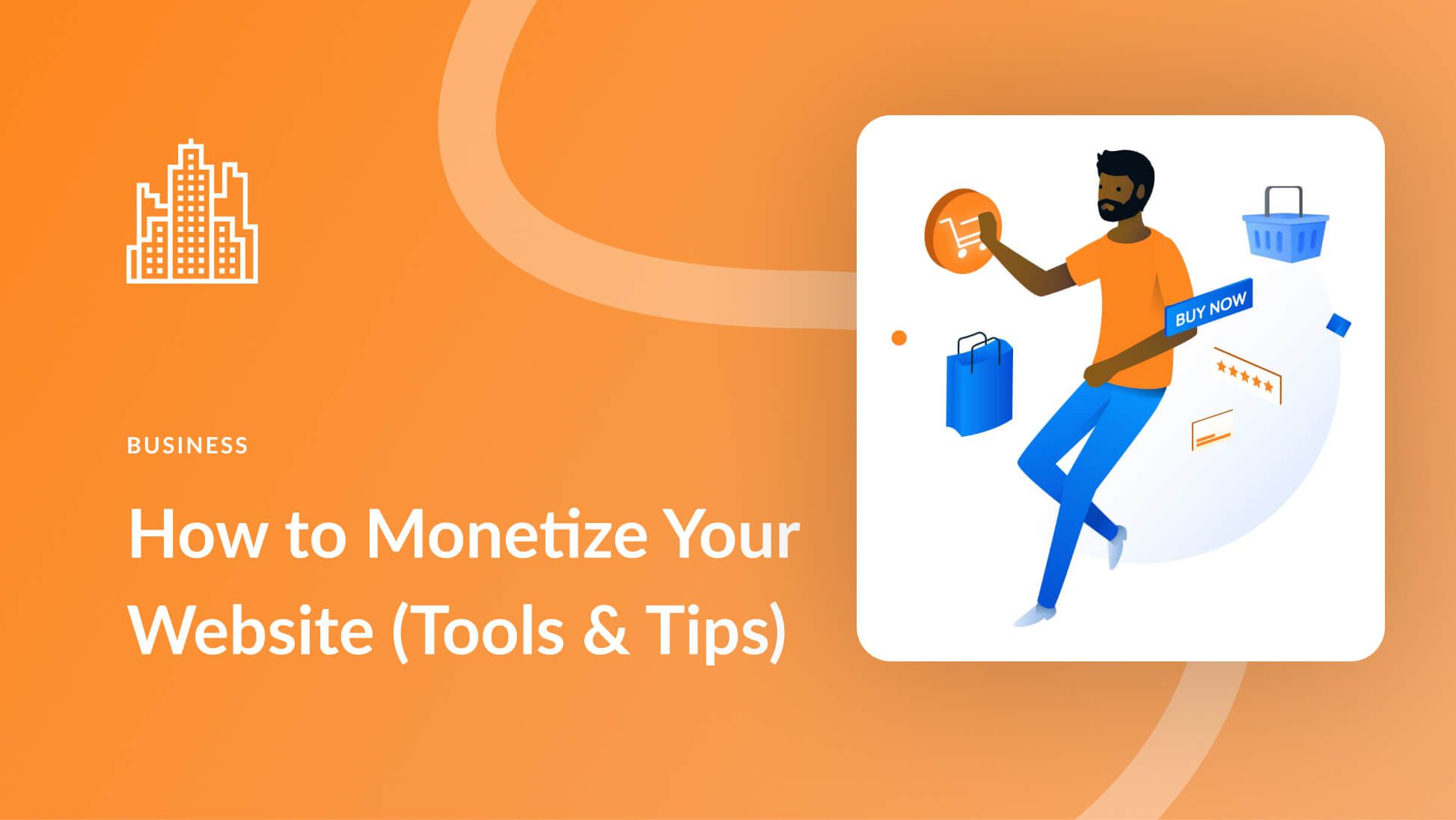If your social media feed tends to pick up a lot of inspirational quotes and motivational creeds, you may have seen the 5-by-5 rule before: “If it won’t matter in five years, don’t spend five minutes worrying about it.” While it’s usually meant to apply to your personal life, it’s also sound professional advice.
On any given day, you likely have dozens of things to worry about related to your job. Being able to differentiate the important stuff from that which doesn’t matter in the long run is critical if you want to maximize your productivity. In this article, we’ll introduce you to the 5-by-5 rule and how it can apply to your career.
Let’s get to it!
An Introduction to the 5-by-5 Rule
The idea behind the 5-by-5 rule is pretty straightforward. If something won’t matter five years down the line, don’t bother wasting more than five minutes obsessing over it. On paper, it sounds quite simple. However, in real life, it’s all too easy to focus too much on little things that don’t have any long term benefits.
A snide remark someone makes about your appearance can take up valuable space in your mind for years. An embarrassing mistake you made in the past can haunt you, a public fall may replay on a mental loop, and so on.
However, the principle of the 5-by-5 rule doesn’t just apply to day-to-day life. It can be quite valuable in the workplace, too. In fact, it becomes even more important in office settings because it enables you to be more professional and efficient.
Let’s say, for example, you have a minor disagreement with a coworker about how to accomplish a particular aspect of your shared project. If the outcome will be the same no matter which route you take and both options are similarly efficient, there’s little value in discussing which method to use for more than a few minutes.
In this example, you both boost your productivity by limiting unnecessary discussion so you can get down to work, and avoid a potential disagreement with your teammate that could lead to hard feelings and make it difficult to work together. Overall, the 5-by-5 rule proves invaluable in situations like this one.
3 Questions to Ask Yourself When Applying the 5-by-5 Rule
You can’t dismiss every situation in the workplace as non-consequential. There are some cases where you should spend more than five minutes thinking over an issue. The key to using the 5-by-5 rule to your benefit is asking the right questions so you know how to separate what truly matters from what doesn’t.
1. How Will This Impact My Career in the Long Term?
Several factors can impact your career track. Your skillset, how coworkers and superiors perceive you, and the quality of your work output all influence your ability to land promotions, earn a raise, or even leave your current position for greener pastures at a new company.
Let’s return to our previous example of your disagreement with your teammate on how to accomplish a particular task that’s part of a larger project. If, as we said before, neither method will influence your overall productivity or the outcome of the assignment as a whole, arguing over the particulars is not going to benefit your career in the long run.
In fact, depending on how well you handle conflict, a serious argument over methodology could lower your reputation in the eyes of your other teammates and even your superiors. Plus, dragging out your discussion could set you back and make it harder to meet your deadlines, thereby lowering the quality of your output.
If the work gets completed on time and is done well, how you got there isn’t going to matter in five years. Concisely state your case for your preferences, but be willing to let your coworker have their way under these circumstances.
2. Will This Have a Negative Impact on Our Project?
On the other hand, if your teammate is trying to suggest you cut corners and compromise on quality for the sake of getting work done faster, don’t be afraid to take a stand. If the project fails, it will reflect poorly on you, too.
To expand upon our running 5-by-5 rule example, imagine you’re debating with a coworker about which WordPress theme to use for a client’s website. Although in practice some are better than others, settling for an option that has similar performance and features to your top pick shouldn’t be a gamechanger.
However, going with a cheaper theme to save a bit of money even though you know it will significantly slow your client site’s loading times is problematic. You could lose out on repeat business, receive a poor review from your dissatisfied customer, and cast a bad light on your brand’s reputation.
Overall, the smaller the compromise, the less time you should spend worrying about it. It’s far better, in most cases, to save your vetos for when you really need them and to let the little things slide.
3. Does This Decision Foster a Toxic Work Environment?
If you spend enough time working with the same people, conflicts will inevitably arise. They can be big or small, but the way you navigate them sets the tone for your relationships with your teammates, and can even influence your overall ability to be productive.
One of the most common situations in which you might want to apply the 5-by-5 rule is if someone you work with makes an offhanded joke about you. In most cases, the urge to respond or escalate might be tempting. However, if it’s a small thing, it’s better not to give it even five minutes of your time.
Responding with a hot head can lead to a hostile work environment over the long term. Ideally, you want to remain calm instead of reacting in a way that makes things worse.
The exception to the 5-by-5 rule, in this case, is if you’re dealing with serious cases of harassment or workplace bullying. At some point, you have to draw the line and take care of the situation, be it by confronting that coworker or reporting it to a superior.
Conclusion
There are only so many things you can focus on at once before it begins to impact your performance. If you let every little disagreement or problem at work occupy significant space in your mind, you won’t be able to see the big picture. The goal of the 5-by-5 rule is to help you figure out what’s worth worrying about and what isn’t.
As for how to use the 5-by-5 rule, here are three questions you can ask yourself whenever you’re in doubt:
- How will this impact my career in the long term?
- Will this have a major negative impact on our project?
- Does this decision foster a toxic work environment?
Do you have any tips for helping you decide what to focus your energy on in the workplace? Share them with us in the comments section below!
Article image thumbnail by Visual Society / shutterstock.com









Leave A Reply